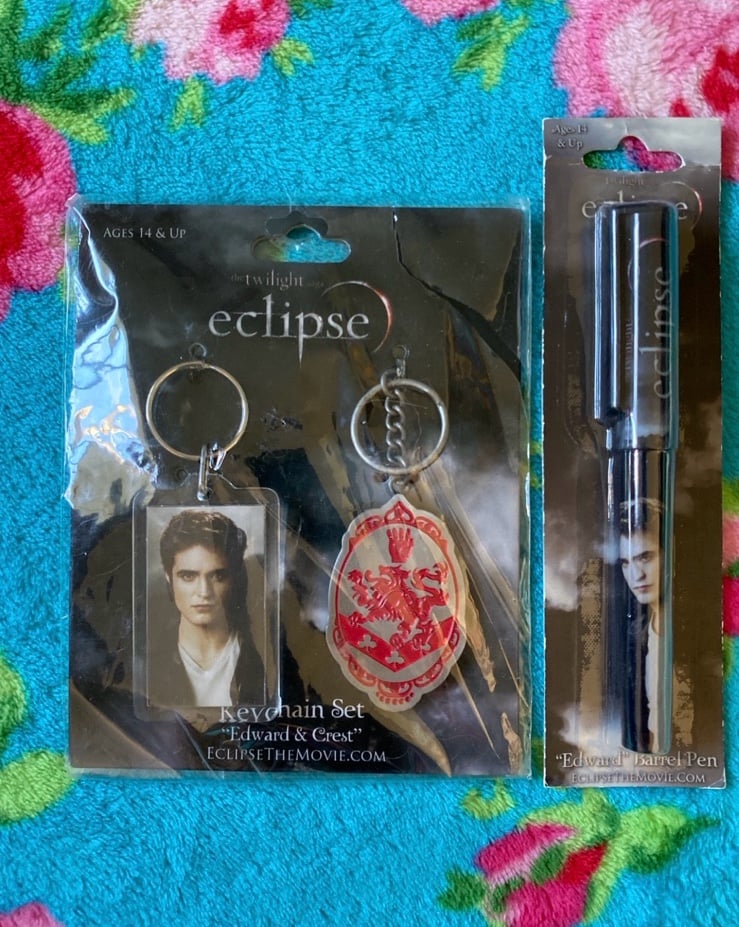
New
Arrivals/Restock
Pop Mart x Powerpuff Girls – Crybaby Bubbles
 Limited Time Sale
Limited Time SaleUntil the end
00
14
37
$7.20 cheaper than the new price!!
Free shipping for purchases over $99 ( Details )
Free cash-on-delivery fees for purchases over $99
Free cash-on-delivery fees for purchases over $99
See all stores
Please note that the sales price and tax displayed may differ between online and in-store. Also, the product may be out of stock in-store.
New $18.00
Product details
| Management number | 9539634 | Release Date | 2025/09/05 | List Price | $10.80 | Model Number | 9539634 | ||
|---|---|---|---|---|---|---|---|---|---|
| Category | |||||||||
Opened on September 4th only to confirm the character. She’s never been hung, displayed, or played with — basically brand new!
✨ Authentic Pop Mart collectible
✨ Opened 9/4 for confirmation only
✨ Smoke-free, pet-free home
✨ Ships fast & safely packaged
| Category | Vintage & collectibles > Accessories > Keychain |
|---|---|
| Size | N/A |
| Brand | POP MART |
| Condition | New |
Correction of product information
If you notice any omissions or errors in the product information on this page, please use the correction request form below.
Correction Request Form
















